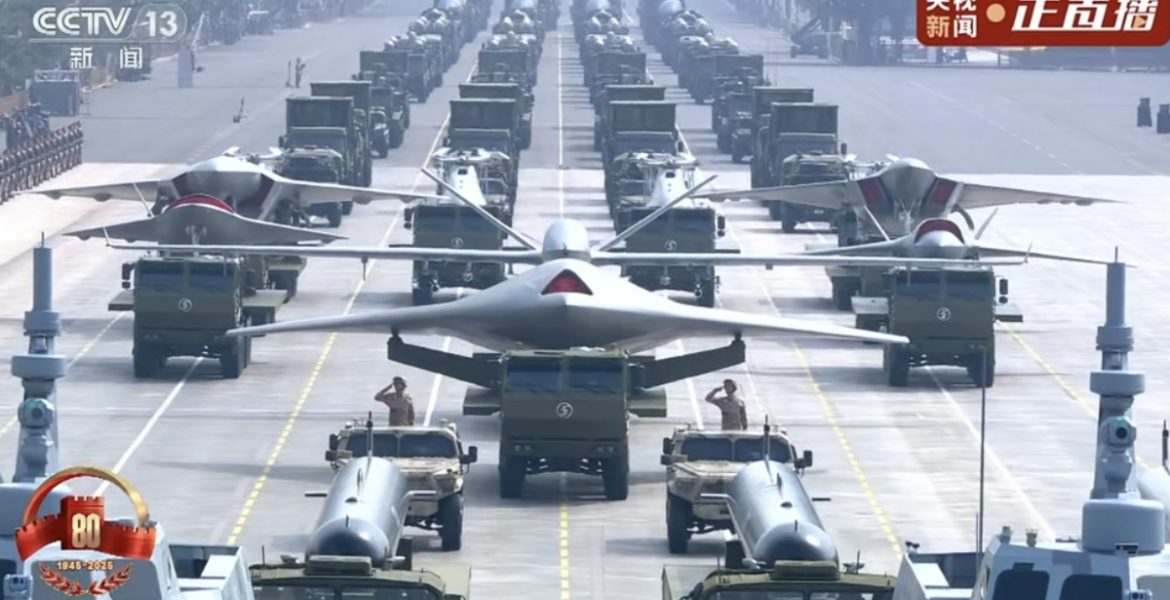Defense and Tech Autonomy: A New Global Economy Takes Shape

Introduction
Defense and tech autonomy has become one of the central forces reshaping the global economy. Nations are re-arming while racing to secure control over critical technologies, creating a policy-driven growth sector. This structural shift connects directly with themes in the Scenario Outlook.
The Era of Strategic Rearmament
Defense budgets in Europe, Asia, and the U.S. are rising at their fastest pace in decades. NATO members collectively spend more than €1.2 trillion annually. Germany’s €100 billion Zeitenwende fund, Poland’s modernization programs, and Nordic investments in air defense highlight this historic rearmament. In Washington, bipartisan consensus keeps defense spending steady at 3–3.5% of GDP, with a focus on Indo-Pacific deterrence, space, and cyber capabilities.
Asia is following the same path. Japan’s defense budget is set to grow nearly 10% annually through 2030, while Taiwan pairs semiconductor sovereignty with defense modernization. These sovereign “must-spend” budgets create visibility few other industries can match.
From Tanks to Technology
The defense economy now extends beyond traditional arms. Autonomy in semiconductors, secure communications, aerospace, and cybersecurity is critical. The EU Chips Act, U.S. CHIPS Act, and industrial policies channel billions into fabs, missile plants, and space systems. Governments fund upstream R&D while listed corporations scale technologies through commercialization.
This convergence produces opportunities across traditional primes and tech suppliers. Defense contractors still deliver steady mid-teens margins, while advanced suppliers in AI-enabled command systems, sensors, and cybersecurity offer scalable growth akin to software.
Investment Signals
Three signals stand out for investors:
- Multi-year visibility from sovereign budgets.
- Record order backlogs at major primes.
- Relative value in Europe, where equities trade at discounts to U.S. peers despite faster budget growth.
Airbus Defence & Space, BAE Systems, Rheinmetall, and Thales report multi-year pipeline coverage, suggesting a long runway for expansion. Low-cost drones and loitering munitions, proven decisive in Ukraine, could become one of the fastest-growing defense niches. While Baykar remains private, European primes including Rheinmetall, Leonardo, and Saab are developing competing systems.
Risks and Constraints
No thesis is without risk. Political shifts could reduce spending in pacifist-leaning coalitions. Export controls may limit addressable markets. ESG mandates exclude some institutional investors from defense holdings, narrowing liquidity. A peace scenario—while positive—could contract order flow. Still, structural drivers make a deep, prolonged downturn unlikely.
Stocks to Watch
| Ticker | Name | Thesis |
|---|---|---|
| BA | BAE Systems | Multi-year backlog in munitions, land, maritime, and electronic systems; major NATO beneficiary. |
| RHM.DE | Rheinmetall | Ammunition and vehicle leader; expanding electronics content drives higher margins. |
| HO.PA | Thales | Defense electronics, cyber, and secure comms; spillover into avionics and space. |
| AIR.PA | Airbus Defence & Space | Backlog leverage in transport and secure comms; supported by EU industrial policy. |
| LDO.MI | Leonardo | Helicopters, avionics, and electronics; positioned for EU procurement growth. |
| SAAB B | Saab AB | Air defense and EW; strong Nordic demand and export pipeline. |
| HAG.DE | Hensoldt | Pure-play sensors and optronics aligned with EU sovereignty. |
| AM.PA | Dassault Aviation | Rafale exports and next-gen fighter; strong avionics base. |
| IDR.MC | Indra Sistemas | C4ISR and defense IT; levered to digitalization of command systems. |
| 7011 JP | Mitsubishi Heavy Ind. | Expanding defense and space with Japan’s rearmament; diversified industrial support. |
The Bigger Picture
Relative to U.S. primes, European defense equities remain undervalued despite higher growth potential. Analysts estimate a €500 billion under-investment gap through 2030, suggesting steep revenue growth ahead. Asia is establishing itself as a third pole, though accessibility for investors remains constrained.
Conclusion
Defense and tech autonomy is converging into a durable growth sector that blends security with innovation. For investors, it offers diversification, inflation protection, and stability within a turbulent global order. This theme also intersects with China Tech Sovereignty and Critical Resources and the New Commodity Leverage, reinforcing its role in long-term portfolio positioning.
Archives
Calendar
| M | T | W | T | F | S | S |
|---|---|---|---|---|---|---|
| 1 | 2 | |||||
| 3 | 4 | 5 | 6 | 7 | 8 | 9 |
| 10 | 11 | 12 | 13 | 14 | 15 | 16 |
| 17 | 18 | 19 | 20 | 21 | 22 | 23 |
| 24 | 25 | 26 | 27 | 28 | 29 | 30 |